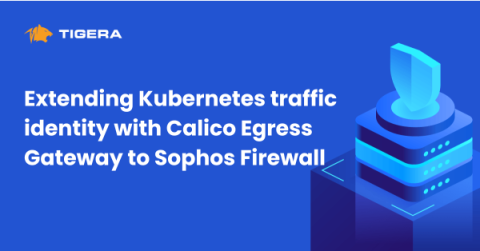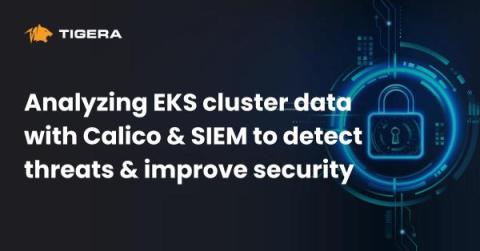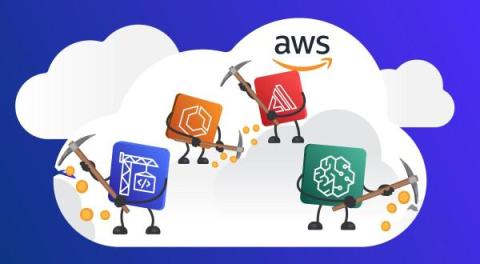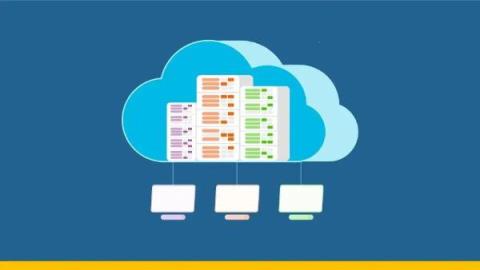Multi-VRF support for Egress Gateways using Calico
This is a follow up discussion of some advanced use case scenarios for Egress Gateways. In a previous blog post, Policy-based routing with Egress Gateways, I explained how to achieve connectivity to multiple destinations using policies based on the destination of the traffic. One of the use cases described was the ability of connecting to different services based on the destination, so we can use a different source IP that can be included in an allowlist for such services.











